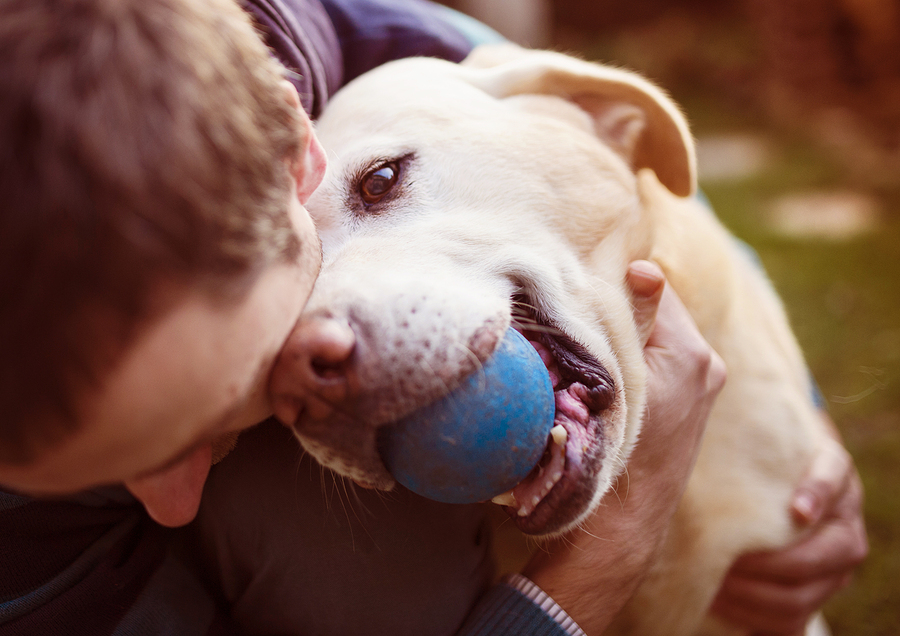by onlinefinancialnewsletters | Apr 24, 2015 | Personal Protection

Whether you want a safe place to stash heirloom jewelry from your great-great-grandmother, a treasured collection of rare coins, stacks of savings bonds or your last five years’ worth of tax returns, a safe deposit box at the bank is a better choice than a home safe for a number of reasons.
- A safe deposit box is a better value. Even the cheapest home safe is going to cost you upwards of $100 dollars. A safe deposit box, on the other hand, typically rents for $15 to $500 a year depending on size. Unless you’re storing large valuables, the up-front cost of renting a safe deposit box is going to be less than purchasing a residential safe.
- A safe deposit box offers better protection from fire. Fireproof home safes are even more expensive than their basic counterparts are—and there are significant limits to how much actual protection they offer. For example, some fire resistant residential safes still allow contents to reach 350 degrees. While that might protect paper documents, it’s more than the heat required to damage items like computer disks and 35mm slides. Most only offer 30 minutes of protection as well—not enough if it takes emergency responders longer to extinguish the blaze. Fire is not an issue for a safe deposit box, however. Located in a sealed bank vault, they offer the ultimate protection for your items.
- A safe deposit box offers better protection from thieves. While the Center for Problem-Oriented Policing notes that the number of reported single-family home burglaries nationwide has declined 32 percent since 1990, they’re still increasing in some metropolitan areas—and a home safe is an easy target for a would-be thief on the prowl. Banks, on the other hand, are more secure than the average home. Even when a robbery occurs, few of the criminals bother with the safe deposit boxes. According to the FBI, only 18 of the 5,014 bank robberies that occurred nationwide in 2011 involved the safe deposit vault.
- Home safes are notoriously easy to “crack.” Just watch one episode of A&E’s Storage Wars and you’ll see how easy most residential safes are to break into. And anyone can learn to do it. A quick Google search of “how to crack a home safe” returned more than 43,700,000 written and video tutorials. Safe deposit boxes, on the other hand, are housed within a bank vault, which is much more difficult to break into.
IMPORTANT: While bank robberies involving safe deposit boxes are rare, it’s still wise to add a rider to your homeowner or renter’s insurance policy to cover the items you store within one. The minimal cost you’ll incur is preferable to running the risk of an unforeseen loss.
by onlinefinancialnewsletters | Apr 9, 2015 | Personal Protection

Americans love their dogs. According to the American Pet Products Association, more than 56 million U.S. households included at least one canine companion in 2014. Unfortunately, raising a pooch isn’t always just wagging tails and slobbery kisses. The Centers for Disease Control and Prevention (CDC) report that dogs bite 4.5 million people every year. About 885,000 of those incidents result in injuries requiring medical attention, and about half of those serious injuries occur on children.
In addition to the shock and horror you’d naturally experience should your dog attack a stranger, visitor to your home, or even a family member, dog bite incidents are expensive. According to the Insurance Information Institute, dog bites accounted for more than 33 percent of the homeowner’s insurance liability claims paid in 2013, costing more than $483 million. The average cost per dog bite claim nationwide was $27,862—a pretty significant chunk of change.
Fortunately, there are steps you can take to reduce the chances of your dog or family’s involvement in a dog bite incident. Consider the following:
- Choose your pet carefully. There are varying opinions on whether dogs of certain breeds are more dangerous than others are or if home environment has more to do with a dog’s nature. Talk to your veterinarian about potential behavior and health issues associated with specific breeds. Speak with your insurance agent about breeds excluded from coverage under your homeowner’s insurance policy.
- Socialize your pet early. Well-socialized puppies are more likely to grow into adult dogs who feel comfortable around a variety of people and other animals. Continue to expose your dog to new situations—under controlled circumstances, of course—as he or she gets older.
- Wait until your child is old enough. Because half of all serious dog bite incidents involve children, experts recommend waiting until your own are at least 4 years old before introducing a dog to your home. At that age, children are better able to understand how to behave around pets.
- Never leave a baby or young child alone with a dog. You should also teach your children not to approach strange dogs or to try to pet dogs they do not know. Instruct them to ask the dog’s owner for permission before approaching or petting.
- Keep your dog healthy. From controlling parasites to spaying and neutering, regular veterinary care can influence how your dog feels and directly affect how he or she behaves. Make sure to vaccinate your dog against rabies and other infectious diseases according to recommended guidelines. And take your pet on plenty of walks to keep it healthy and provide mental and physical stimulation.
- Obey all pet-related laws. License your dog as required by your community, city and county. Respect leash laws and, if you ever leave your dog alone in a fenced yard, ensure the area is truly secure.
Whether you already own a dog or are considering bringing a canine into your home, give us a call to review your insurance liability coverage for bites and other pet-related injuries.



Recent Comments